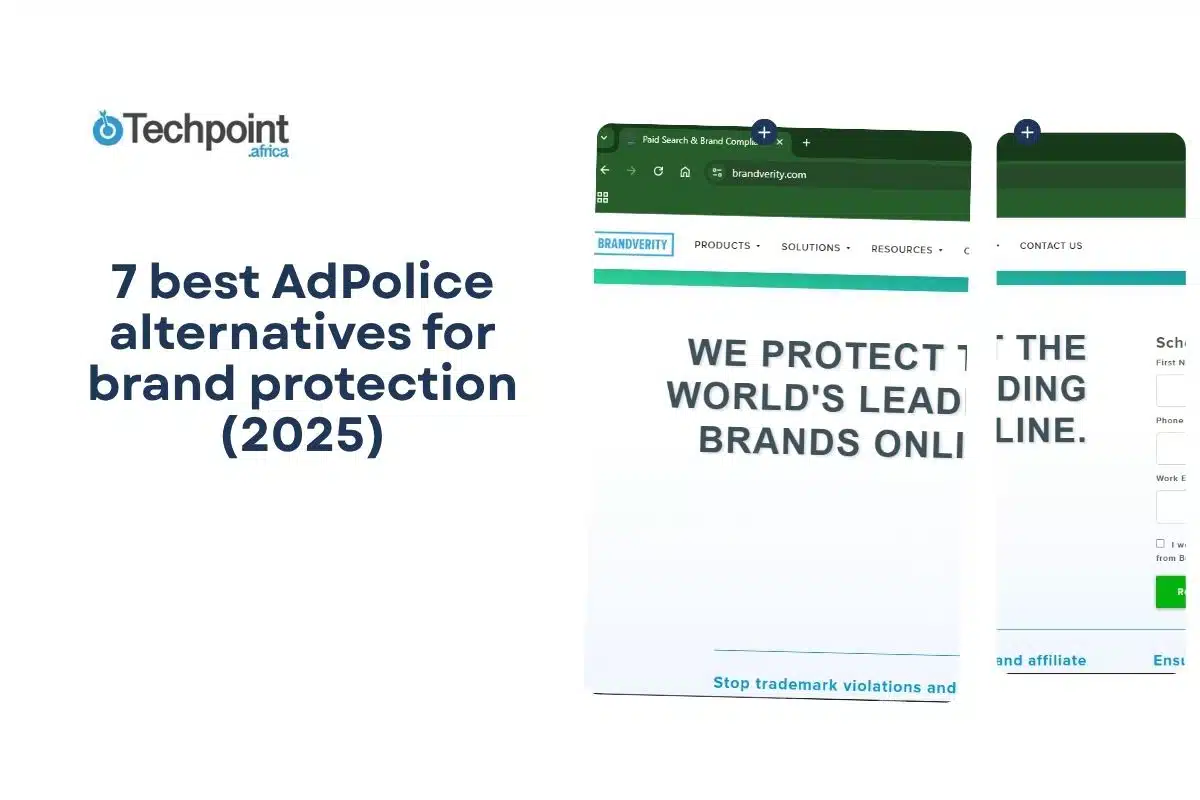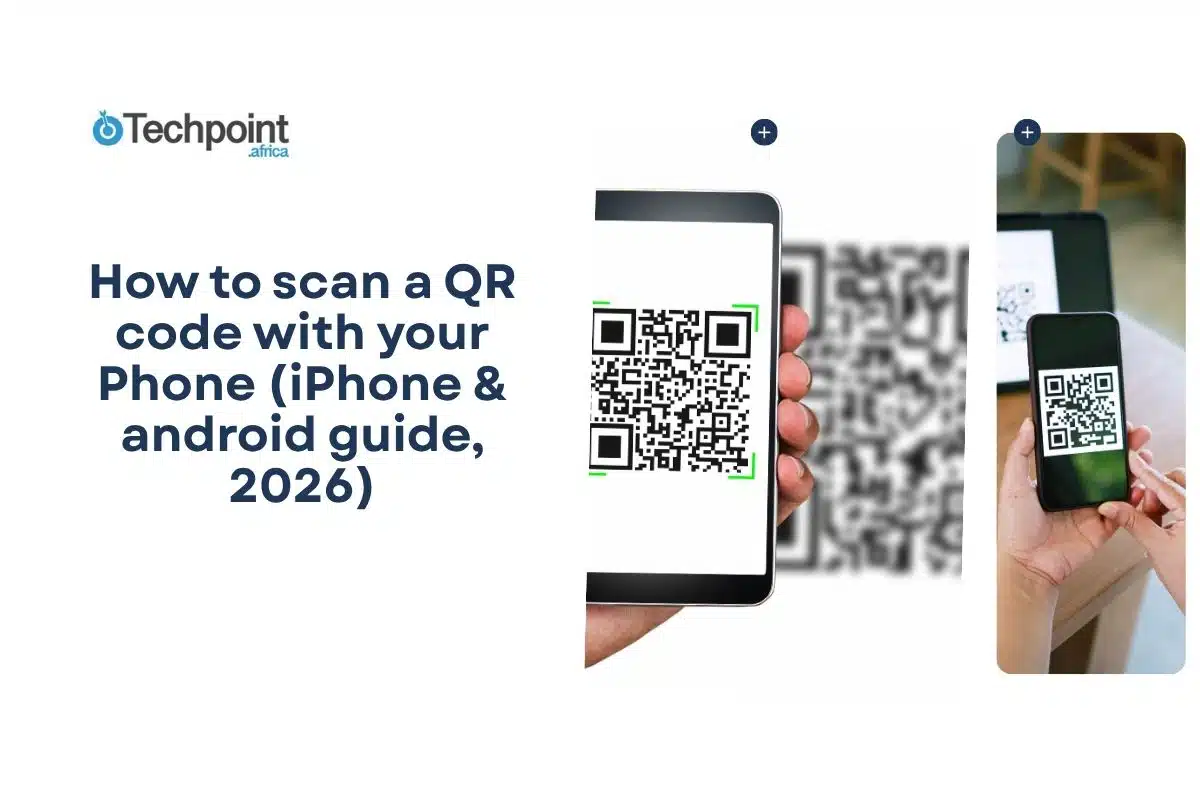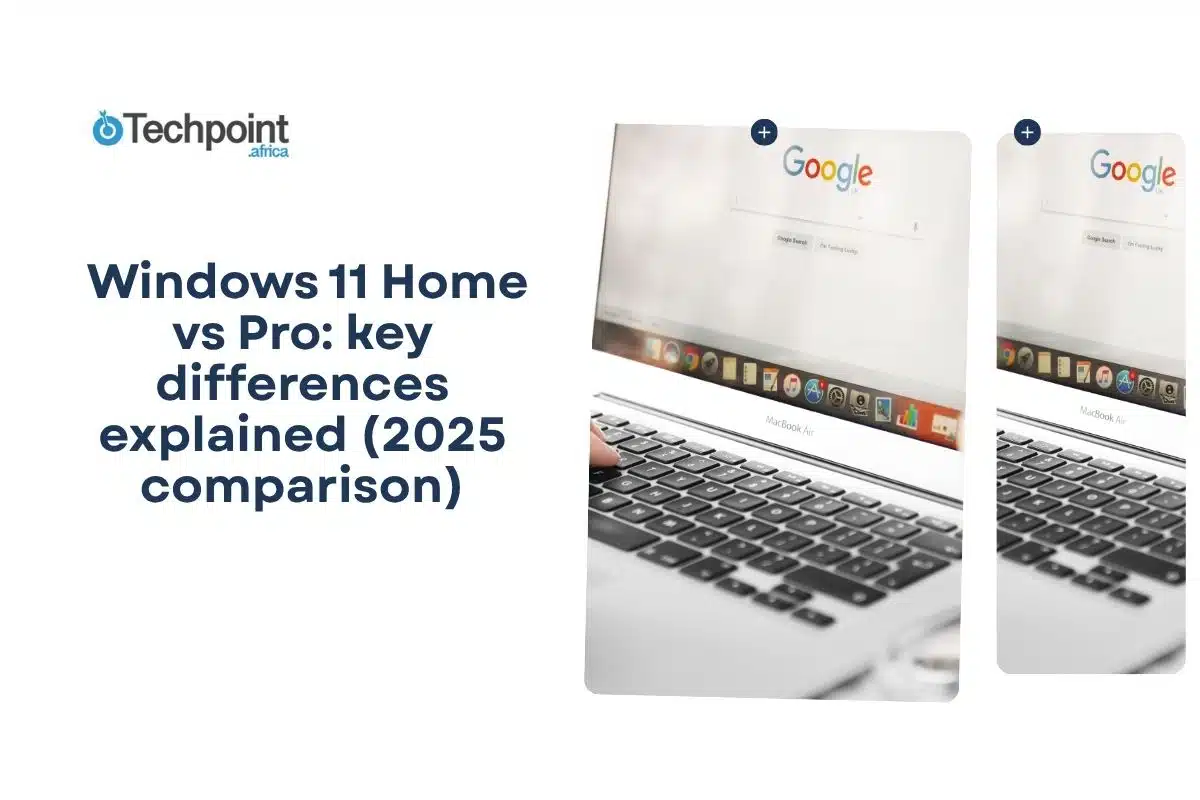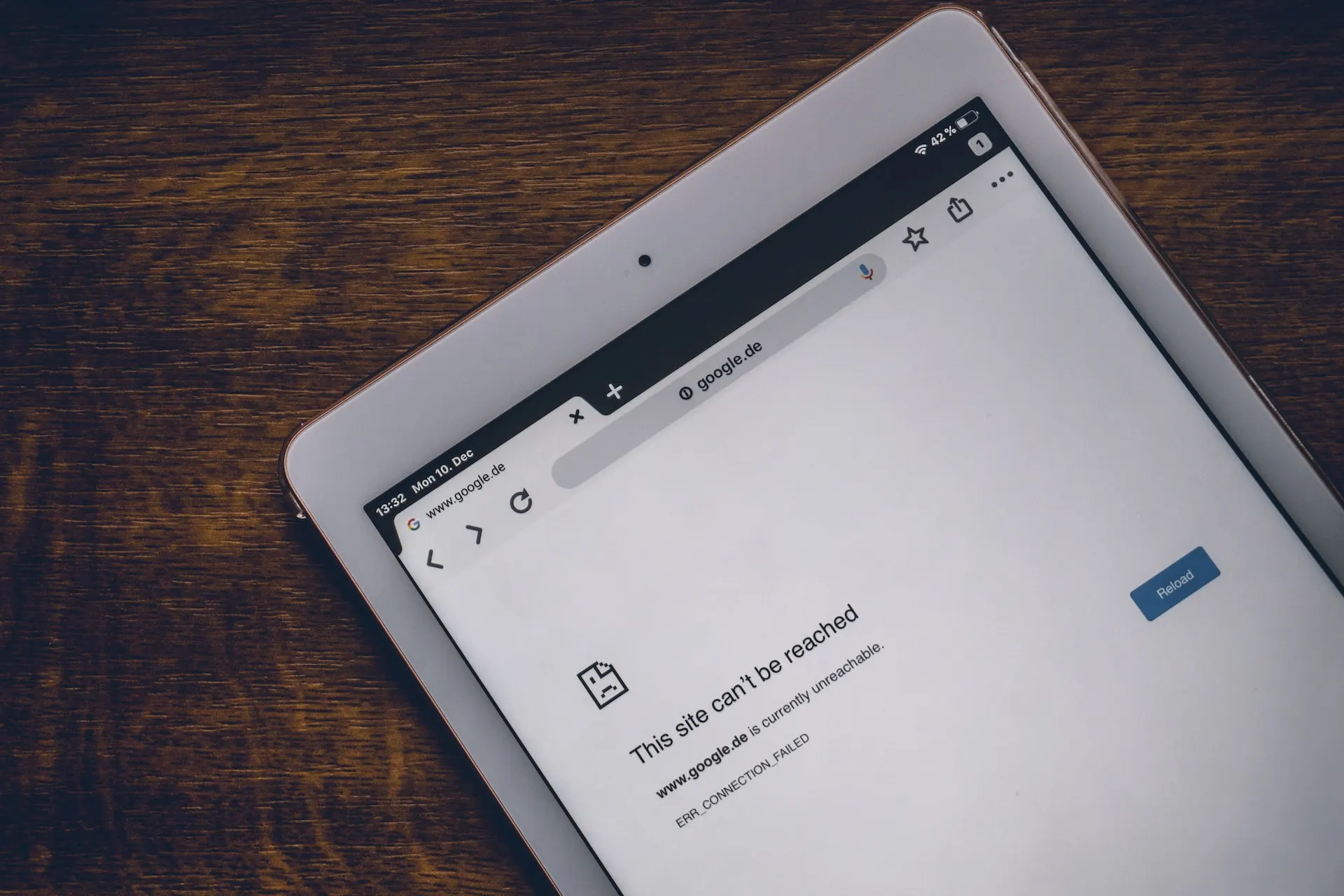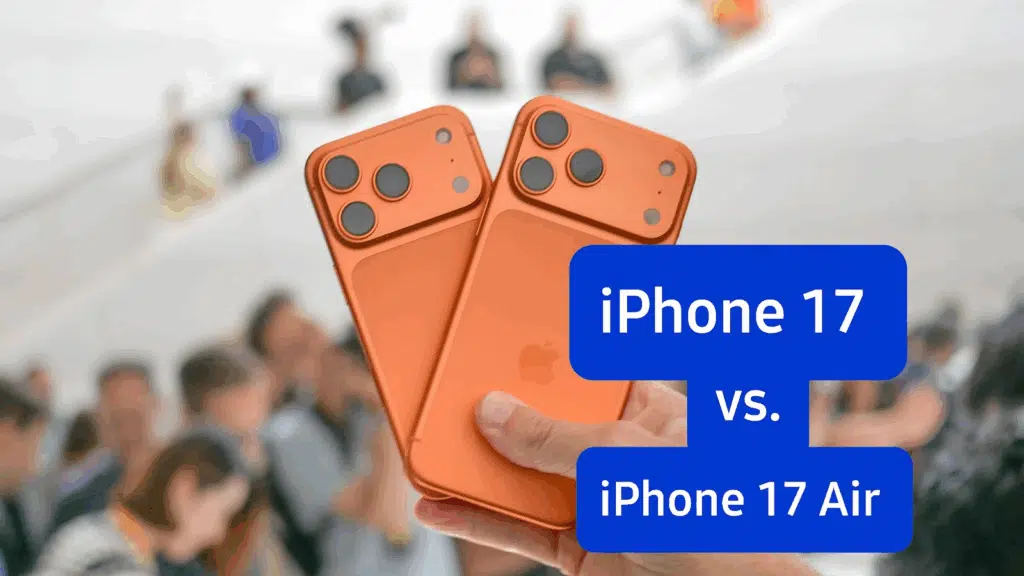
Apple’s latest releases, the iPhone 17 and iPhone 17 Air, offer distinct experiences for users who value either durability and battery life or ultra-thin design and advanced camera features. Which one truly stands out in real-world use?
In this guide, you will learn:
- How the iPhone 17 and 17 Air differ in design, build, and portability.
- Performance comparisons including gaming, multitasking, and battery life.
- Real-world camera differences and which phone excels for photography enthusiasts.
- Which model offers the best value depending on your priorities and budget.
Quick-Glance: Head-to-Head Comparison
| Feature | iPhone 17 | iPhone 17 Air | Winner |
| Price | $799 | $999 | iPhone 17 |
| Design | Standard thickness | Ultra-thin premium | iPhone 17 Air |
| Performance | A19 chip | A19 chip | Tie |
| Camera | Dual camera | Dual camera + improvements | iPhone 17 Air |
| Battery | Larger capacity | Smaller capacity | iPhone 17 |
| Build Quality | Aluminum | Premium aluminum | iPhone 17 Air |
Design & Build: Where $200 Goes

Apple has clearly differentiated the iPhone 17 and 17 Air through design and build. The Air emphasizes sleekness and a premium feel, while the standard iPhone 17 prioritizes sturdiness and a substantial grip.
First Impressions Side-by-Side
| Spec | iPhone 17 | iPhone 17 Air |
| Dimensions | 147.6 × 71.6 × 7.8mm | 147.6 × 71.6 × 6.0mm |
| Weight | 170g | 142g |
| Materials | Standard aluminum frame with glass back | Premium aerospace aluminum and refined glass |
| Colors | Blue, Pink, Yellow, Green, Black | Starlight, Midnight, Blue, Purple, Product Red |
Thickness and Weight
- The 1.8mm thinner profile of the Air feels substantial in hand. It’s light and elegant, almost floating in your palm, but requires more careful handling.
- The standard iPhone 17 has more heft, which provides a reassuring grip and makes it feel durable during extended use.
- The 28g weight difference is noticeable, especially during one-handed operation or prolonged holding.
Build Quality
- Both phones feel premium, but the Air’s materials have a more refined finish.
- The iPhone 17’s thicker body makes it slightly more rugged for everyday drops and casual handling.
- The Air’s thin design, combined with a slightly pronounced camera bump, requires more care to avoid scratches and impacts.
Portability
- The iPhone 17 Air disappears in pockets and is ideal for formal wear or tight jeans.
- The standard model is still pocket-friendly but more noticeable due to its thickness.
Winner for Design & Build: iPhone 17 Air, thanks to its premium feel and portability, though the standard iPhone 17 is better suited for users prioritizing durability.
Performance: same chip, different experience
Both the iPhone 17 and iPhone Air are equipped with Apple’s A19 chip, delivering powerful performance. However, real-world usage reveals subtle differences in thermal management and sustained performance.
Thermal management and sustained performance
- iPhone 17: The standard model benefits from a thicker chassis, allowing for better heat dissipation during intensive tasks. This results in longer sustained performance, with minimal throttling observed during extended gaming sessions.
- iPhone Air: Due to its ultra-thin design, the Air model has a reduced thermal mass, leading to faster heat buildup. This can cause earlier performance throttling during intensive tasks, such as gaming, compared to the standard model.
Real-world performance testing
- Multitasking Scenarios: Both models handle multitasking efficiently, with 20 apps open simultaneously, showing negligible differences in performance.
- Gaming Performance:
- Genshin Impact (High Settings): Both models maintain 60fps, but the iPhone 17 sustains this frame rate longer before experiencing any throttling.
- Call of Duty Mobile: Performance is consistent across both models, with no significant differences in frame rates or responsiveness.
- Charging Performance:
- Wired Charging: Both models reach 50% charge in approximately 30 minutes with a 20W adapter.
- MagSafe Charging: The iPhone Air charges slightly faster due to its thinner profile, which improves alignment on charging pads.
Battery Life Considerations
- iPhone 17: Equipped with a larger battery capacity, the standard model offers longer battery life under heavy usage, including gaming and video editing.
- iPhone Air: The Air model’s smaller battery capacity results in shorter battery life during intensive tasks. However, its ultra-thin design contributes to improved wireless charging efficiency.
Winner for Performance: iPhone 17, due to its superior thermal management and longer sustained performance during intensive tasks.
Camera System: Subtle but Important Differences
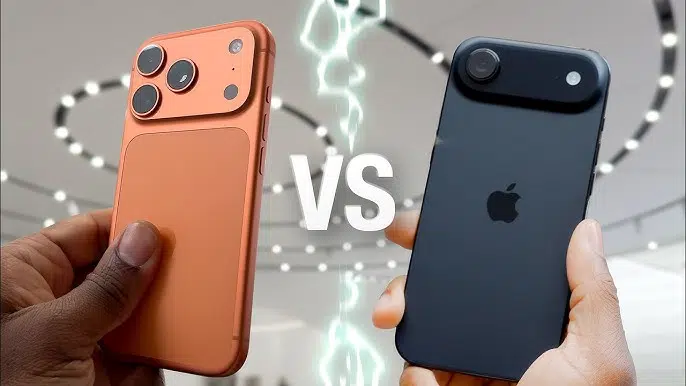
Apple has equipped both the iPhone 17 and iPhone Air with advanced camera systems, but subtle differences in hardware and software enhancements set them apart.
Hardware Specifications
- iPhone 17:
- Main Camera: 48MP Fusion Main with 26mm focal length, ƒ/1.6 aperture, sensor-shift optical image stabilization, and 100% Focus Pixels. Supports super-high-resolution photos (24MP and 48MP)
- Ultra-Wide Camera: 48MP Fusion Ultra Wide with 13mm focal length, ƒ/2.2 aperture, and 120° field of view. Supports super-high-resolution photos (24MP and 48MP)
- Front Camera: 18MP Center Stage camera with ƒ/1.9 aperture, autofocus with Focus Pixels, and Center Stage for video calls
- iPhone Air:
- Main Camera: 48MP Fusion Main with similar specifications to the iPhone 17.
- Ultra-Wide Camera: Details not specified in the provided sources.
- Front Camera: 18MP Center Stage camera with similar specifications to the iPhone 17.
Software Enhancements
- iPhone 17:
- Utilizes Apple’s Photonic Engine, Deep Fusion, Smart HDR 5, and next-generation Portraits with Focus and Depth Control.
- Offers Portrait Lighting with six effects, Animoji and Memoji, Night mode, and the latest-generation Photographic Styles
- iPhone Air: While specific software enhancements are not detailed in the provided sources, it is expected to include similar features to the iPhone 17, given the shared camera hardware .
Camera control button
- iPhone 17: Does not include a dedicated Camera Control button.
- iPhone Air: Features a Camera Control button, allowing for direct camera access and control.
Real-world performance
- Daylight Photography: Both models deliver sharp images with accurate colors. The iPhone 17 Air’s enhanced computational photography algorithms may provide slightly better dynamic range and color accuracy.
- Portrait Mode: Both models offer excellent subject separation and background blur. The iPhone 17 Air’s computational improvements may result in more natural bokeh and more flattering skin tones.
- Low-Light Photography: Both models perform well in low-light conditions. The iPhone 17 Air’s enhanced computational photography may result in less noise and better color preservation in low-light scenarios.
- Video Recording: Both models support 4K video recording with excellent stabilization. The iPhone 17 Air’s improved microphone positioning may reduce wind noise and enhance audio quality.
Winner for Camera System: iPhone 17 Air, due to its enhanced computational photography algorithms and the inclusion of the Camera Control button, offering a more refined and user-friendly photography experience.
Battery Life: Physics vs. Optimization
Battery life is a key differentiator between the iPhone 17 and iPhone Air, reflecting the trade-off between design thinness and endurance.
Battery specifications
- iPhone 17: 3,349 mAh
- iPhone Air: 2,867 mAh (14% smaller)
On paper, the Air’s smaller battery suggests shorter usage times, while the thicker iPhone 17 should sustain longer screen-on hours.
Real-world usage testing
Light Usage (texting, calls, browsing):
- iPhone 17: 16–18 hours screen-on time
- iPhone Air: 14–16 hours screen-on time
Moderate Usage (social media, streaming, photos):
- iPhone 17: 10–12 hours
- iPhone Air: 9–11 hours
Heavy Usage (gaming, video editing, intensive apps):
- iPhone 17: 7–9 hours
- iPhone Air: 6–8 hours
Observation: Across all scenarios, the iPhone 17 consistently offers around 1–2 extra hours of usage compared to the Air. This difference is noticeable for heavy users or long days without charging.
Charging performance
- Wired Charging: Both reach 50% in ~30 minutes using a 20W adapter.
- MagSafe & Wireless Charging: The Air’s thin design slightly improves alignment and efficiency on wireless charging pads, generating less heat.
Daily usage implications
- The iPhone 17 is more forgiving for users who push their phones throughout the day.
- The Air’s battery suffices for most moderate users but may require earlier recharging during intensive tasks like gaming or video editing.
Winner for Battery Life: iPhone 17, thanks to its larger capacity and longer endurance during real-world usage.
Value proposition & recommendation
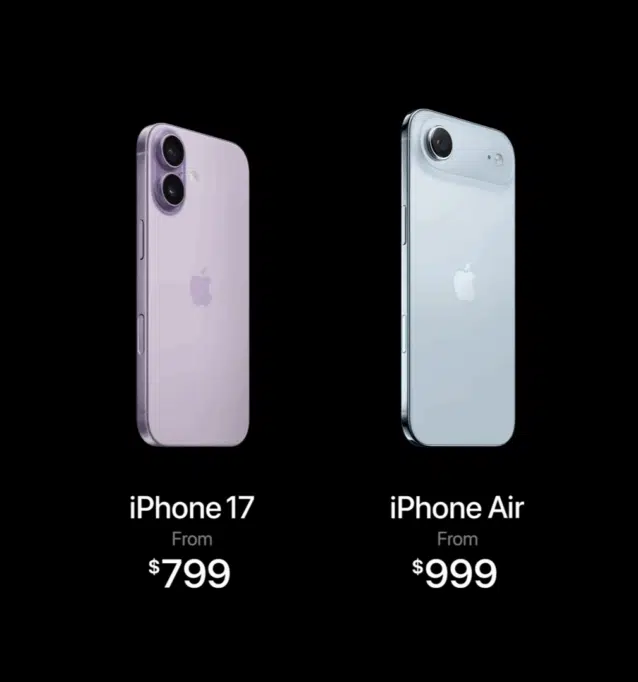
Choosing between the iPhone 17 and iPhone Air comes down to priorities: durability, battery life, and value versus ultra-thin design, aesthetics, and camera perks.
iPhone 17 ($799)
Strengths:
- Larger battery provides longer daily usage.
- Thicker, sturdier build reduces worry about accidental drops.
- Excellent performance across gaming, multitasking, and video editing.
- Outstanding value at a lower price point.
Best For:
- Budget-conscious users wanting flagship features.
- Heavy users who prioritize battery life.
- Anyone who prefers a substantial, confident grip.
- First-time iPhone buyers.
iPhone 17 Air ($999)
Strengths:
- Ultra-thin, premium design, and lighter weight.
- Enhanced computational photography and improved Portrait/low-light processing.
- The Camera Control button improves workflow for photographers and content creators.
- Premium aesthetic that impresses in professional or social settings.
Best For:
- Design-conscious users are willing to pay a $100 premium.
- Photography enthusiasts who benefit from extra computational features.
- Professionals seeking a sleek, portable device.
- Users prioritize portability and one-handed comfort.
Price-to-Feature Ratio
- The standard iPhone 17 delivers excellent value with no major compromises.
- The Air is worth the premium if design, camera enhancements, and portability are important, but the $100 difference isn’t critical for everyone.
Final recommendation:
- Best Overall Value: iPhone 17 with balanced performance, battery, and durability at $799.
- Best Premium Experience: iPhone 17 Air which justifies the $200 premium for design and camera improvements.
Ecosystem and accessory considerations
Case Compatibility
The iPhone 17 and iPhone 17 Air have distinct designs, leading to differences in case compatibility:
- iPhone 17: Features a standard aluminum frame, making it compatible with a wide range of protective cases, including those from third-party manufacturers.
- iPhone 17 Air: Boasts an ultra-thin profile, requiring specialized ultra-thin cases to maintain its sleek design. For instance, Apple’s official iPhone Air Case with MagSafe is designed to complement the Air’s thinness, offering protection without compromising its slim form factor.
Both models support MagSafe accessories, ensuring seamless integration with wireless chargers and other MagSafe-compatible devices.
Wireless charging efficiency
The iPhone 17 Air’s thinner profile can influence its wireless charging efficiency:
- iPhone 17 Air: Its reduced thickness allows for better alignment with charging pads, potentially improving charging efficiency. However, it’s essential to use certified MagSafe chargers to prevent overheating.
- iPhone 17: While slightly thicker, it also supports MagSafe and Qi wireless charging. Users should ensure proper alignment on charging pads to optimize charging speeds and prevent excessive heat buildup.
Decision framework: which should you choose?
Choose iPhone 17 If:
- Battery life is your top priority.
- You prefer a substantial device feel.
- Budget is the primary concern ($200 matters).
- Durability and casual handling are important.
- The Camera Control button isn’t essential.
Choose iPhone 17 Air If:
- Design and aesthetics are major priorities.
- You want the latest camera computational features.
- The Camera Control button appeals to your workflow.
- Professional appearance matters.
- Portability and lightness are important.
- $100 premium acceptable for design benefits.
Common misconceptions addressed
- “Air is fragile due to thinness.”
Reality: Both models are engineered for durability. The iPhone 17 Air’s thinness doesn’t compromise its structural integrity.
- “Performance difference due to thermal constraints.”
Reality: Both models feature the A18 chip, ensuring consistent performance across various tasks.
- “Camera differences are marketing only.”
Reality: The iPhone 17 Air introduces the Camera Control button, enhancing the user experience for photography enthusiasts.
Final takeaways
- Best Value: iPhone 17 delivers flagship performance, longer battery life, and durability at a lower price, making it ideal for heavy users and budget-conscious buyers.
- Premium Experience: iPhone 17 Air excels in ultra-thin design, portability, and enhanced computational photography, justifying its $100 premium for design-conscious and photography-focused users.
- Real-World Usage: Both models offer excellent performance for daily tasks, gaming, and media, with the main differences lying in battery longevity, handling, and camera workflow enhancements.
Conclusion
Choosing between the iPhone 17 and iPhone Air comes down to what matters most to you. If you want longer battery life and a sturdy feel without paying extra, the iPhone 17 is a solid choice. If you care more about a sleek design, lighter weight, and camera workflow perks, the iPhone Air is worth the premium.
Whichever you pick, both phones deliver Apple’s signature performance and reliability. Check them out in-store or online to see which one fits your daily life best.
Also Read:
iPhone Air vs iPhone 17 vs 17 Pro vs 17 Pro Max: Full Specs & Comparison
iPhone 17 Pro Max vs 16 Pro Max: Complete specs comparison
Apple iPhone 17 Pro Full specifications: Everything you need to know



